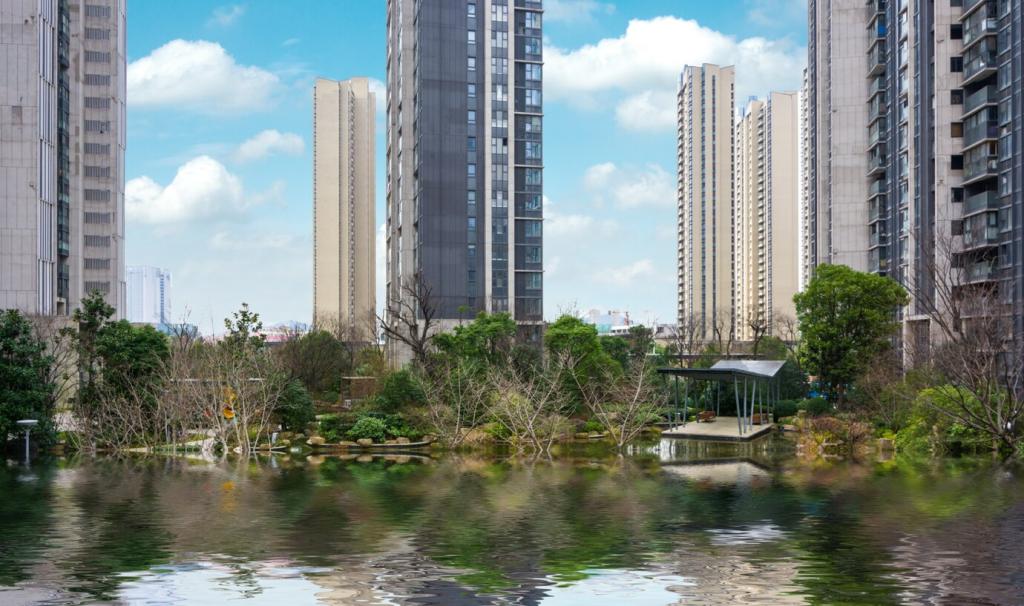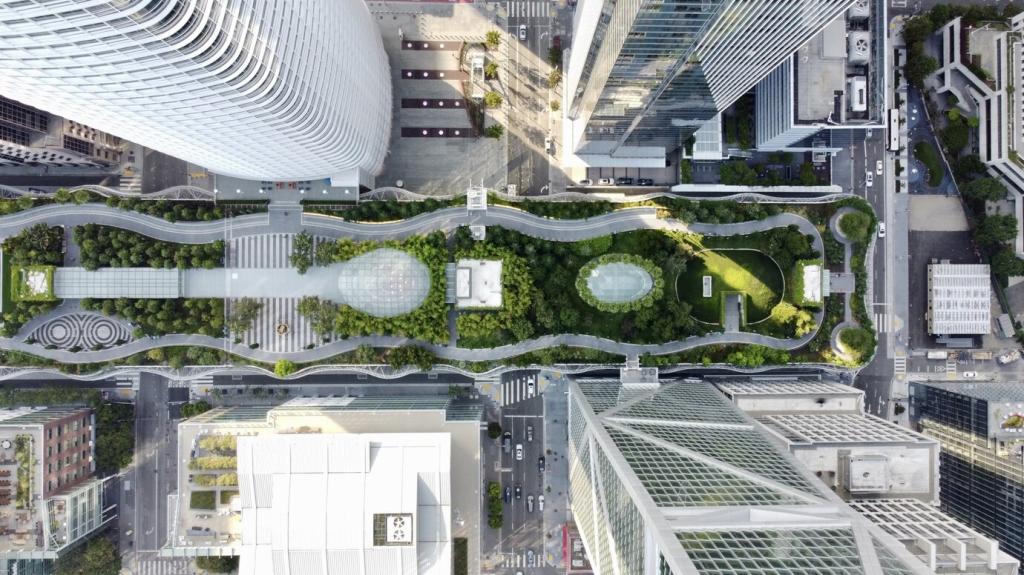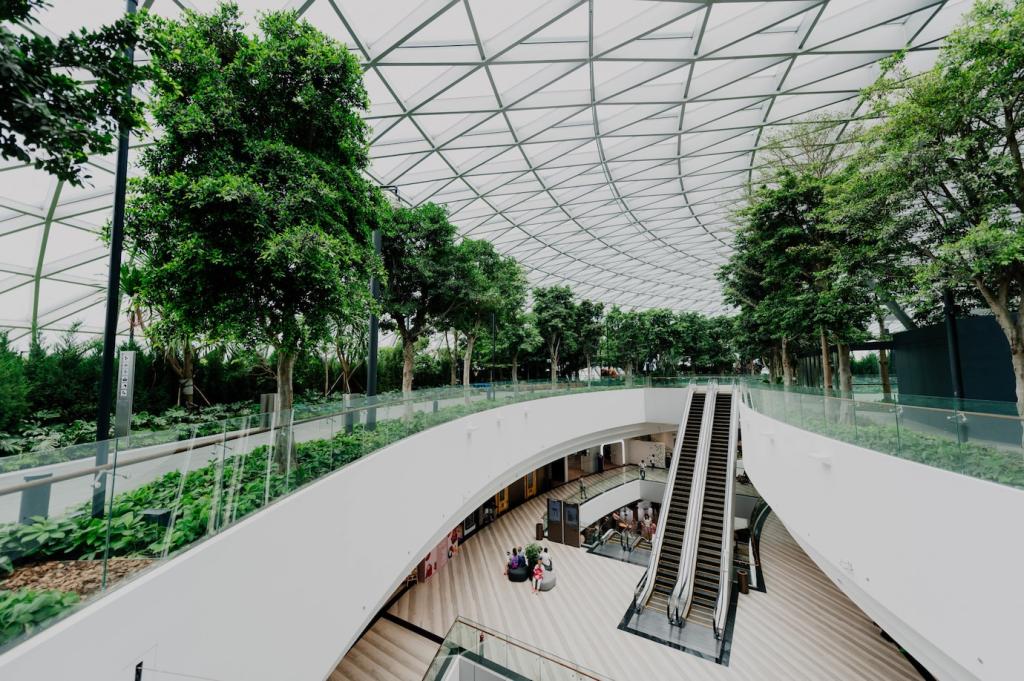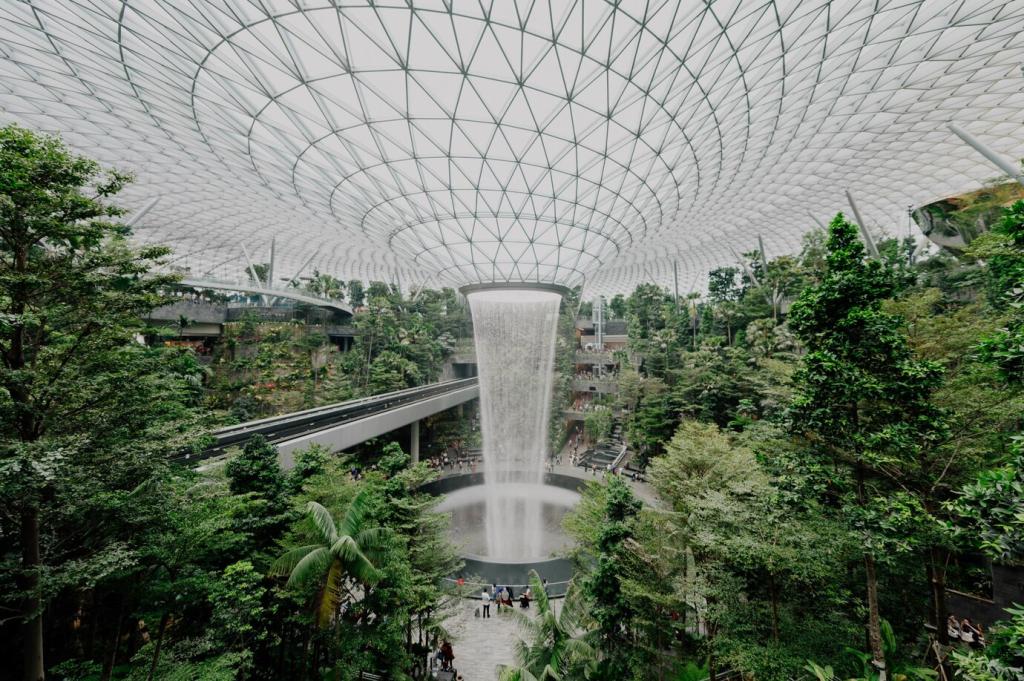Urban Sustainability: How to Live Green in the City
Urban sustainability is more crucial today than ever before. As cities continue to grow and become home to the majority of the world’s population, adapting our lifestyles to minimize environmental impact has never been more important. Living green in an urban setting means making conscious choices that protect the environment, support community well-being, and ensure a livable future. This guide will explore practical ways to embrace sustainability within city life, addressing topics such as transportation, energy efficiency, urban nature, and responsible consumption, helping individuals contribute positively to the health of our planet—right from the heart of the city.
Sustainable Transportation Choices
Embracing Public Transit and Carpooling
Choosing public transit and carpooling over individual car use is one of the most effective ways to reduce personal and collective carbon emissions. Buses, trains, and subways in metropolitan areas are designed to carry large groups efficiently, resulting in lower emissions per person. Carpooling also helps decrease the number of vehicles on the road, which not only eases traffic congestion but also reduces pollution and energy use. Urban residents who adopt these habits often find that they save money on fuel and maintenance, benefit from stress-free commuting, and help make city air cleaner and healthier. Moreover, cities with robust public transportation networks foster stronger communities by enabling greater social interaction and accessibility for all citizens.
Adopting Biking and Walking Lifestyles
Biking and walking are the most sustainable forms of transportation available in cities. These activities produce zero emissions, require no fuel, and offer substantial health benefits, including increased physical activity and reduced stress. Many urban areas now feature expanding bike lanes, pedestrian-only zones, and bike-sharing programs, making active transit safer and more convenient than ever. Additionally, cycling and walking routes often allow individuals to discover their city’s unique neighborhoods, support local businesses, and cultivate a deeper connection with their community and environment. Shifting to these modes for daily errands or commuting, even just part of the time, leads to meaningful reductions in urban air pollution and noise.
Supporting Innovation in Green Mobility
Cities are at the forefront of adopting new green mobility solutions, such as electric vehicles, shared mobility platforms, and micro-mobility options like e-scooters. Embracing innovative transportation technologies helps reduce reliance on fossil fuels and cuts down on traffic and parking challenges commonly faced in urban settings. Electric vehicle charging stations, app-based car-sharing programs, and e-bike rentals contribute to a cultural shift where people value flexible, low-impact ways to move around. Supporting these advancements, either by actively using the services or advocating for their introduction, empowers urban dwellers to drive demand for sustainable infrastructure and demonstrates that urban sustainability is an achievable reality.
Energy Efficiency at Home
Smart Technology for Energy Conservation
Smart home technology offers urban residents an easy gateway to greater efficiency. Programmable thermostats, smart lighting, and energy management systems help users monitor and control their household energy consumption. These technologies can automatically adjust heating, cooling, and lighting based on occupancy and time of day, ensuring that energy isn’t wasted. With real-time tracking, homeowners gain deeper insight into which appliances or systems are using the most power, enabling them to make informed decisions for further improvements. Over time, these small changes add up, helping both the environment and household finances.


Upgrading Appliances and Insulation
Modernizing home appliances and improving insulation are impactful steps towards reducing energy use. Energy Star-rated refrigerators, washers, and dishwashers consume significantly less electricity and water compared to older models. Additionally, sealing gaps around windows and doors and adding insulation to walls or attics keeps conditioned air inside, reducing the need for heating and cooling. While these upgrades require some initial investment, they pay off through lower monthly bills and a more comfortable living environment. In dense urban neighborhoods where apartments share walls, these improvements also help reduce strain on the grid and enhance building-wide sustainability.
Urban Nature and Green Spaces

Community Gardens and Urban Farming
Community gardens and urban farms transform vacant lots and rooftops into vibrant, productive patches of green. By growing fruits, vegetables, and herbs locally, city residents reduce the carbon footprint associated with food transport and distribution. These communal spaces foster social connections, teach valuable skills, and provide fresh, affordable produce to neighborhoods that may otherwise lack healthy options. Engaging in urban agriculture connects people more directly to their food sources, fostering a sense of stewardship for both land and community while promoting biodiversity within concrete-heavy environments.

Parks, Green Roofs, and Vertical Gardens
Parks are the lungs of the city, filtering pollutants, soaking up rainwater, and providing vital habitats for diverse species. Green roofs and vertical gardens are innovative solutions to limited space, covering buildings with plant life that helps insulate interiors and mitigate heat. These urban oases not only beautify cityscapes but also improve air quality, reduce urban heat island effects, and provide residents with peaceful places to relax, exercise, and recharge. By renovating neglected spaces and supporting local initiatives, urban dwellers play a direct role in shaping a greener, healthier urban environment.

Encouraging Biodiversity in the City
Biodiversity is essential for resilient urban ecosystems. Even in small backyards, balconies, or window sills, planting native species and offering habitats for insects and birds supports pollination and strengthens the urban food web. Advocating for policies that protect natural areas, install wildlife corridors, and reduce pesticide use further reinforces nature’s presence in the city. When citizens and city leaders prioritize biodiversity, urban areas become more attractive, healthier, and better adapted to challenges like pollution and climate change. In turn, residents enjoy higher quality of life and deeper connections to the environment around them.
Join our mailing list
